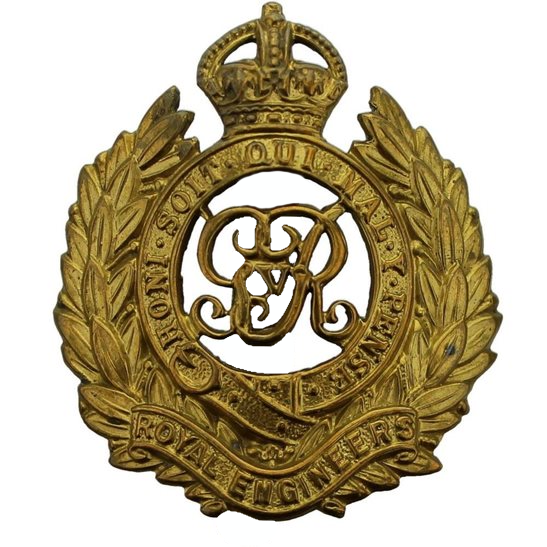Personal Details
Born: John was born in Nantwich, Cheshire on the 8 February 1884, but not baptised until the 3 February 1893 at St. Alkmund`s Parish Church, Whitchurch, Shropshire.
Family: He was one of eight children born to Samuel Boaz, a canal boatman, and his wife Sarah. He married Annie Wharton on the 29 October 1905 in Whitchurch, Shropshire. They had five children, Annie, Thomas William, Lily, Clara and John.
Residence: On both the 1891 and 1901 Censuses he was living at Grindley Brook, Whitchurch, Shropshire. By 1911 he was married and living at 1 Bubney Cottages, Grindley Brook, Whitchurch Shropshire. By 1919 his address was given as 29 Newtown Street, Whitchurch, Shropshire.
Employment: In 1901 his occupation was that of a general labourer, but by 1911 he was described as a waggoner on a farm.
Died: Quarter 3, 1963 in Whitchurch, Shropshire, aged 79.
Military Details
Regiment: Royal Engineers
Rank: Pioneer
Service Number: 240805 , WR/ 25300
Date of Enlistment: 10 December 1915
Date of Discharge: 28 November 1919
Reason for Discharge: Demobilisation
John was awarded the Campaign Medals (British War Medal, and Victory Medal).

The British War Medal (also known as 'Squeak') was a silver or bronze medal awarded to officers and men of the British and Imperial Forces who either entered a theatre of war or entered service overseas between 5th August 1914 and 11th November 1918 inclusive. This was later extended to services in Russia, Siberia and some other areas in 1919 and 1920. Approximately 6.5 million British War Medals were issued. Approximately 6.4 million of these were the silver versions of this medal. Around 110,000 of a bronze version were issued mainly to Chinese, Maltese and Indian Labour Corps. The front (obv or obverse) of the medal depicts the head of George V. The recipient's service number, rank, name and unit was impressed on the rim.
The Allied Victory Medal (also known as 'Wilfred') was issued by each of the allies. It was decided that each of the allies should each issue their own bronze victory medal with a similar design, similar equivalent wording and identical ribbon. The British medal was designed by W. McMillan. The front depicts a winged classical figure representing victory. Approximately 5.7 million victory medals were issued. Interestingly, eligibility for this medal was more restrictive and not everyone who received the British War Medal ('Squeak') also received the Victory Medal ('Wilfred'). However, in general, all recipients of 'Wilfred' also received 'Squeak' and all recipients of The 1914 Star or The 1914/1915 Star (also known as 'Pip') also received both 'Squeak' and 'Wilfred'. The recipient's service number, rank, name and unit was impressed on the rim.

